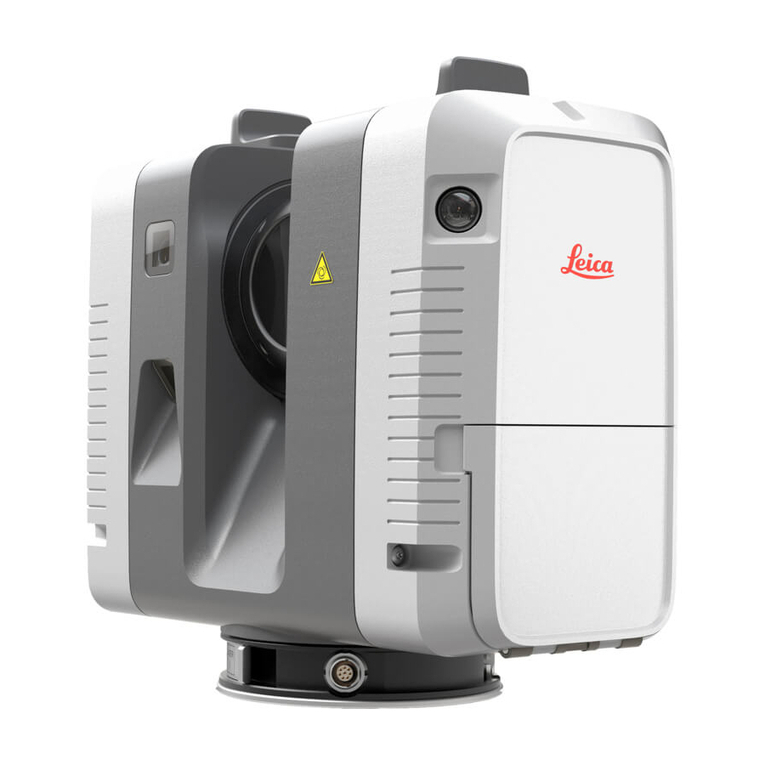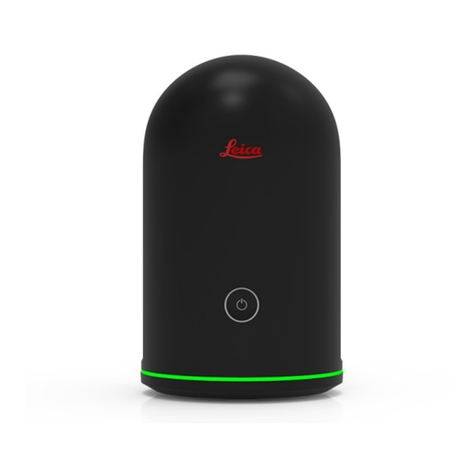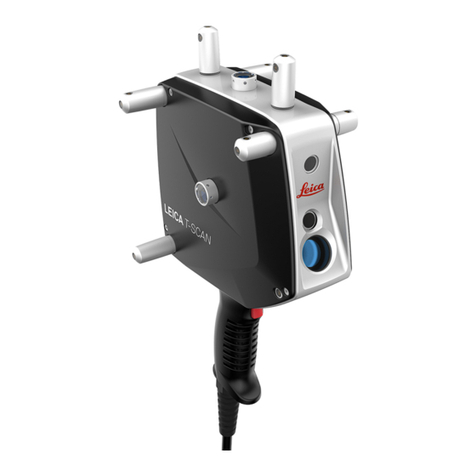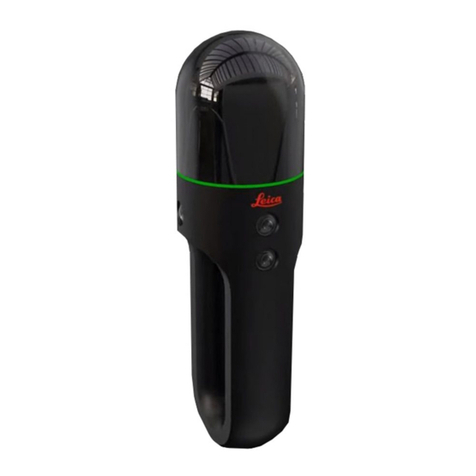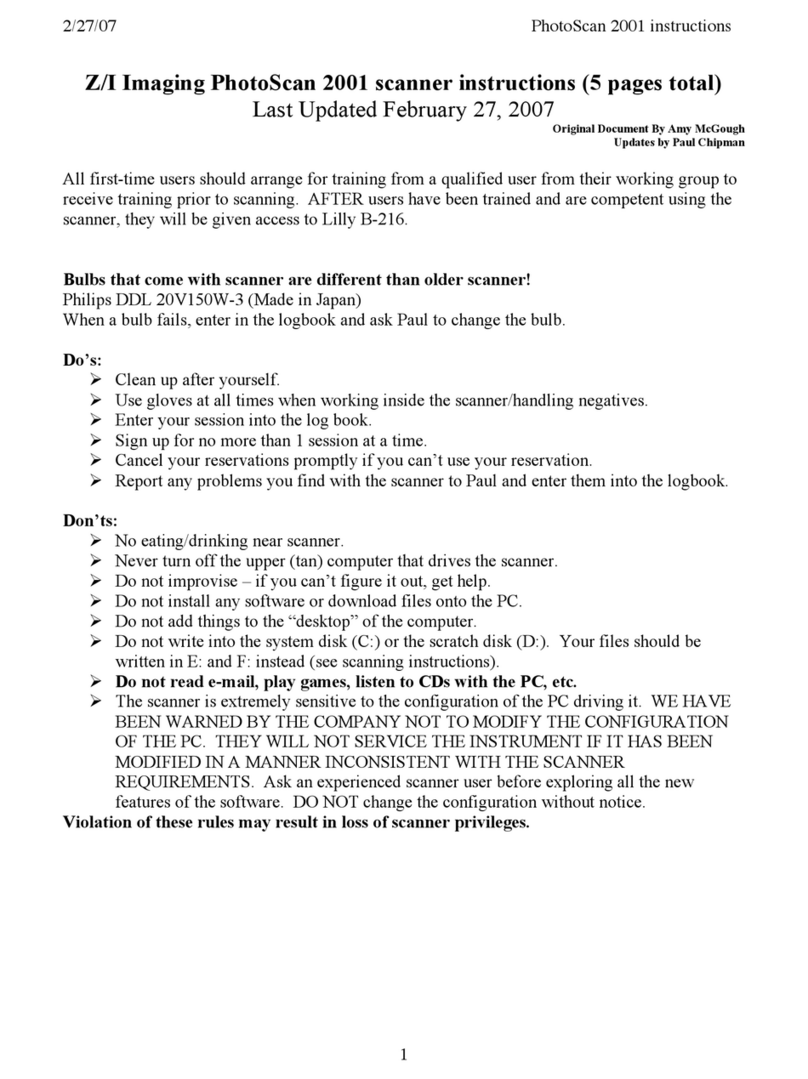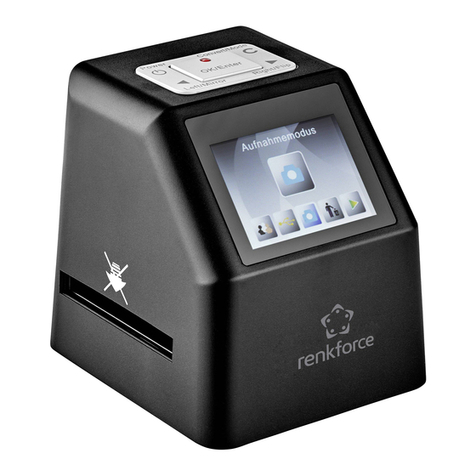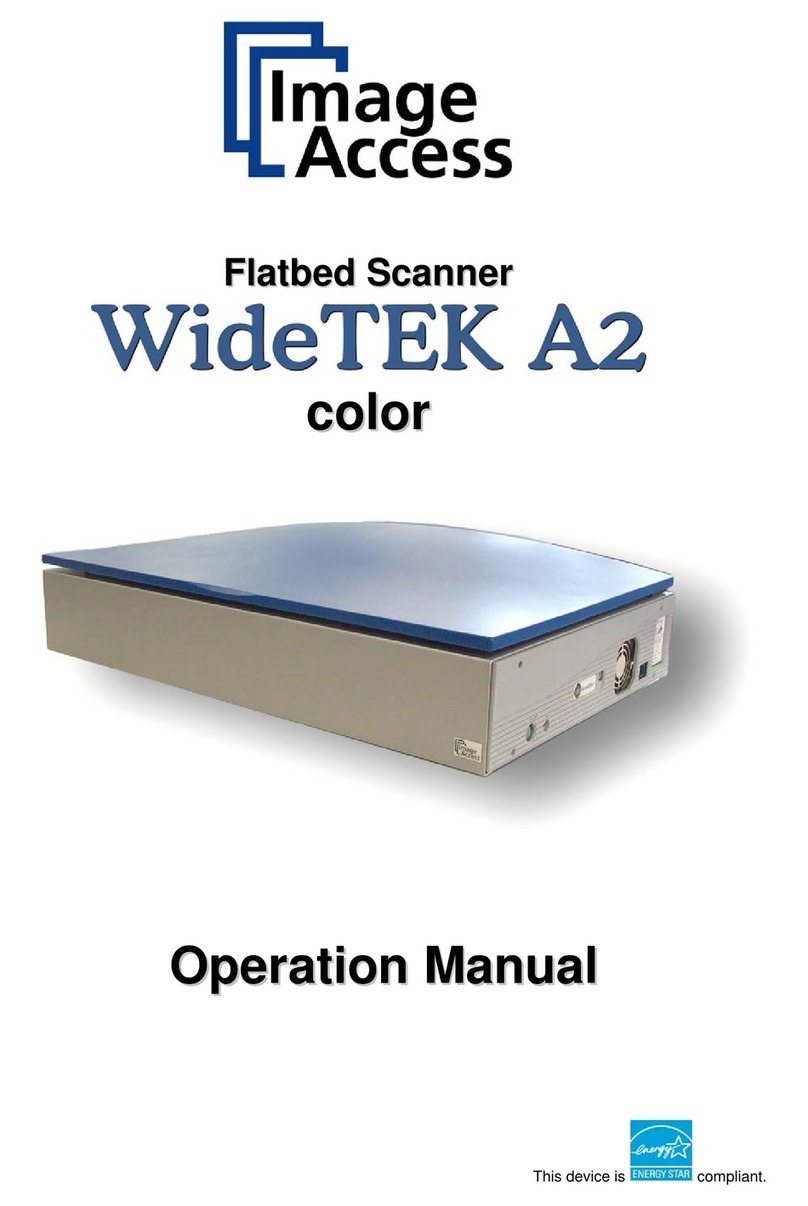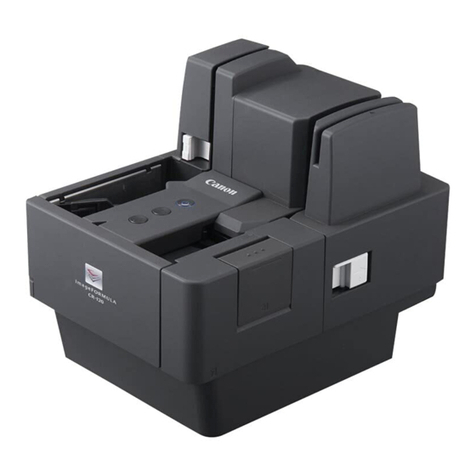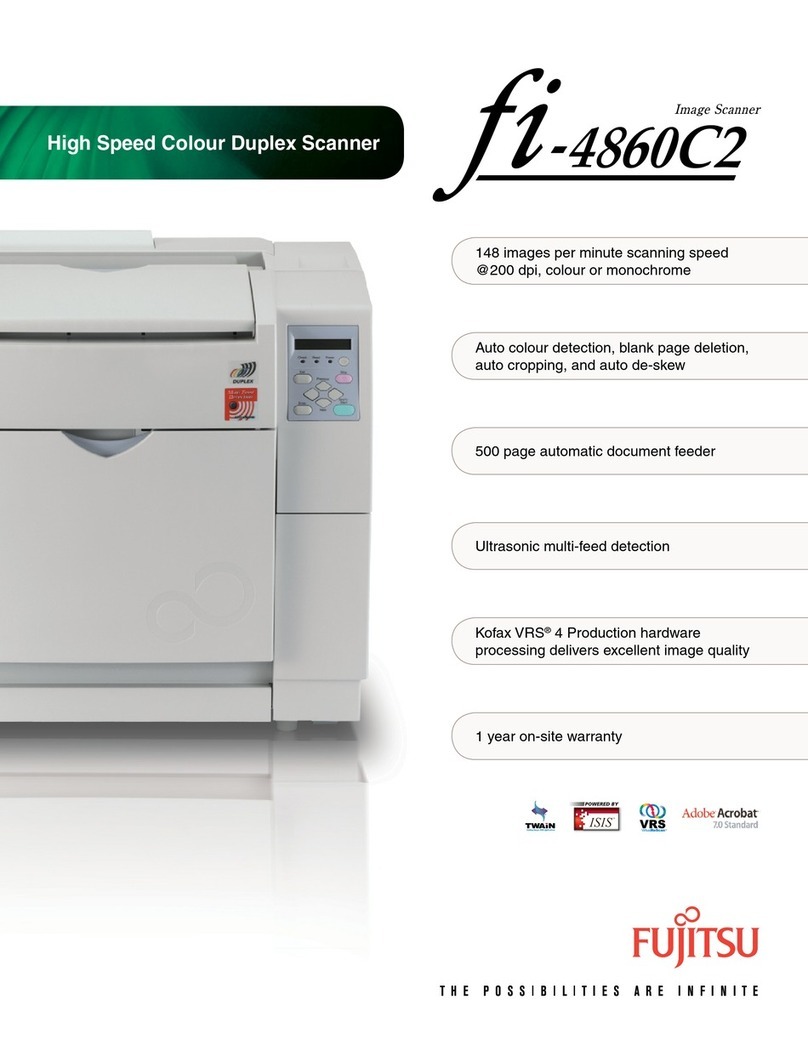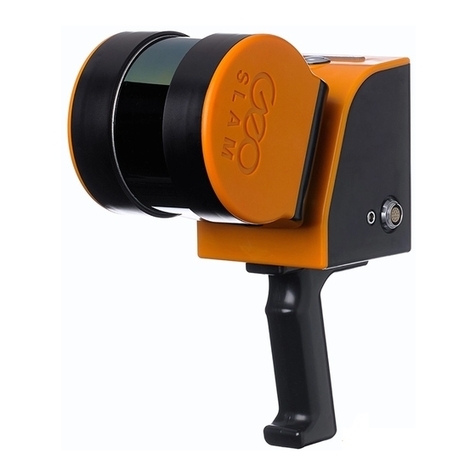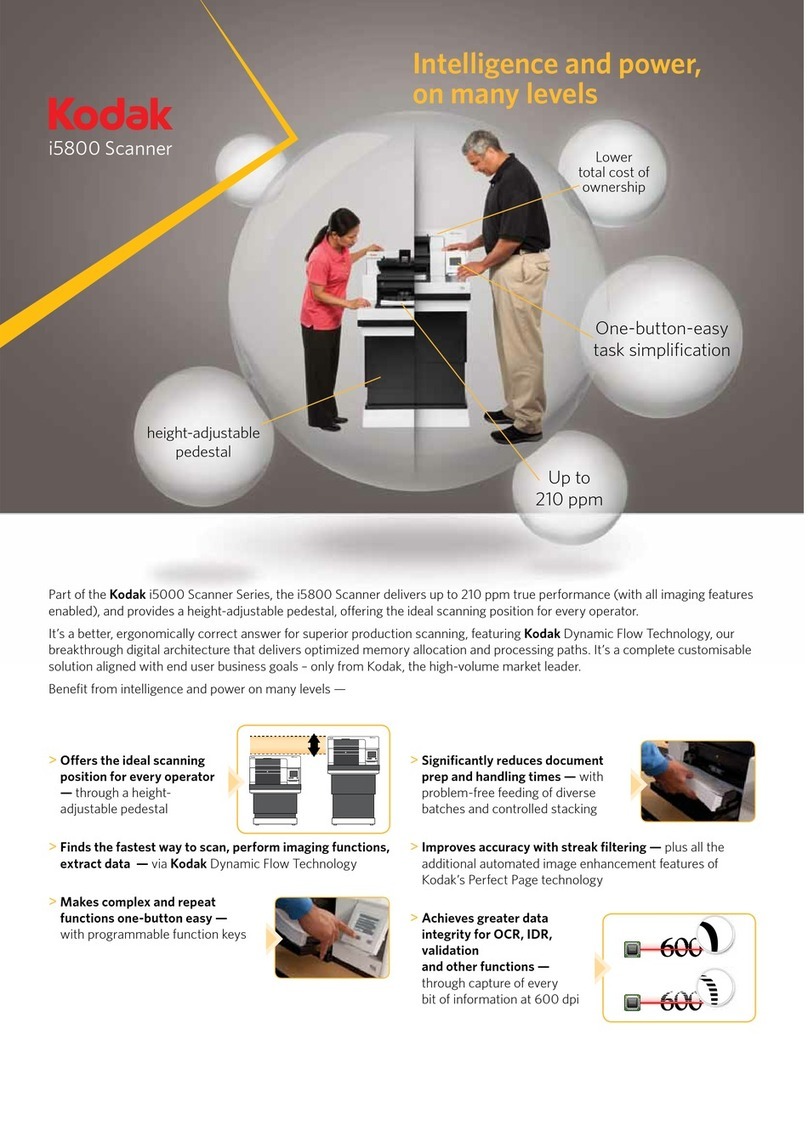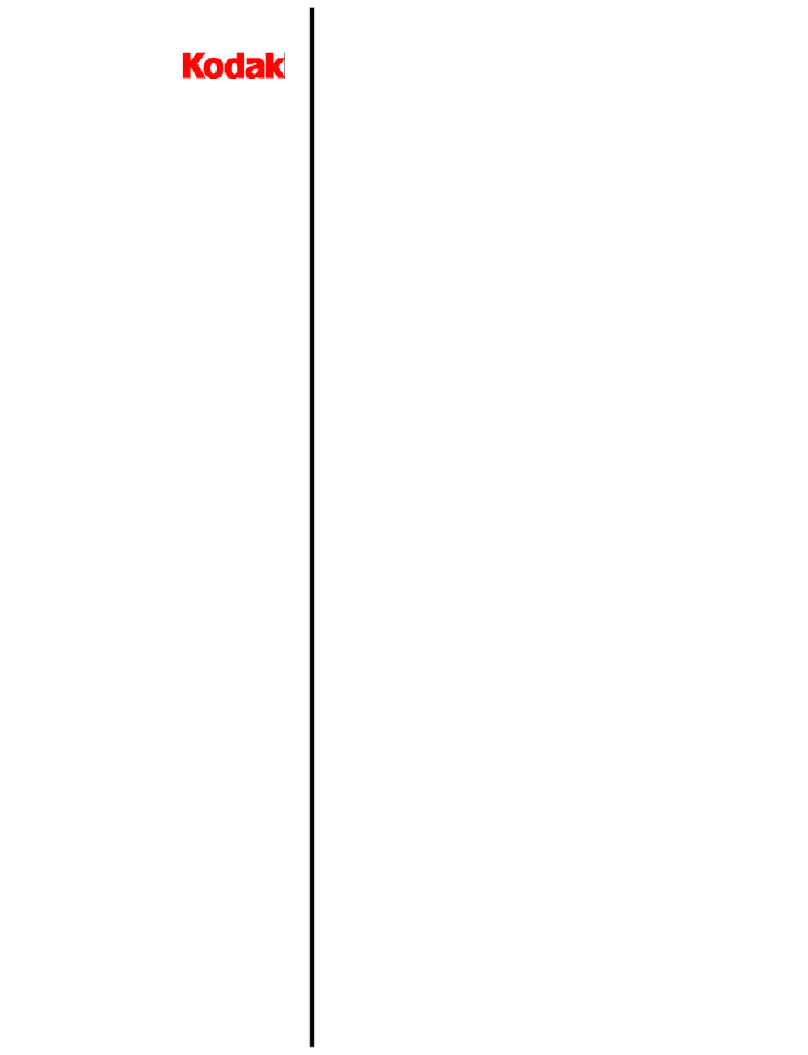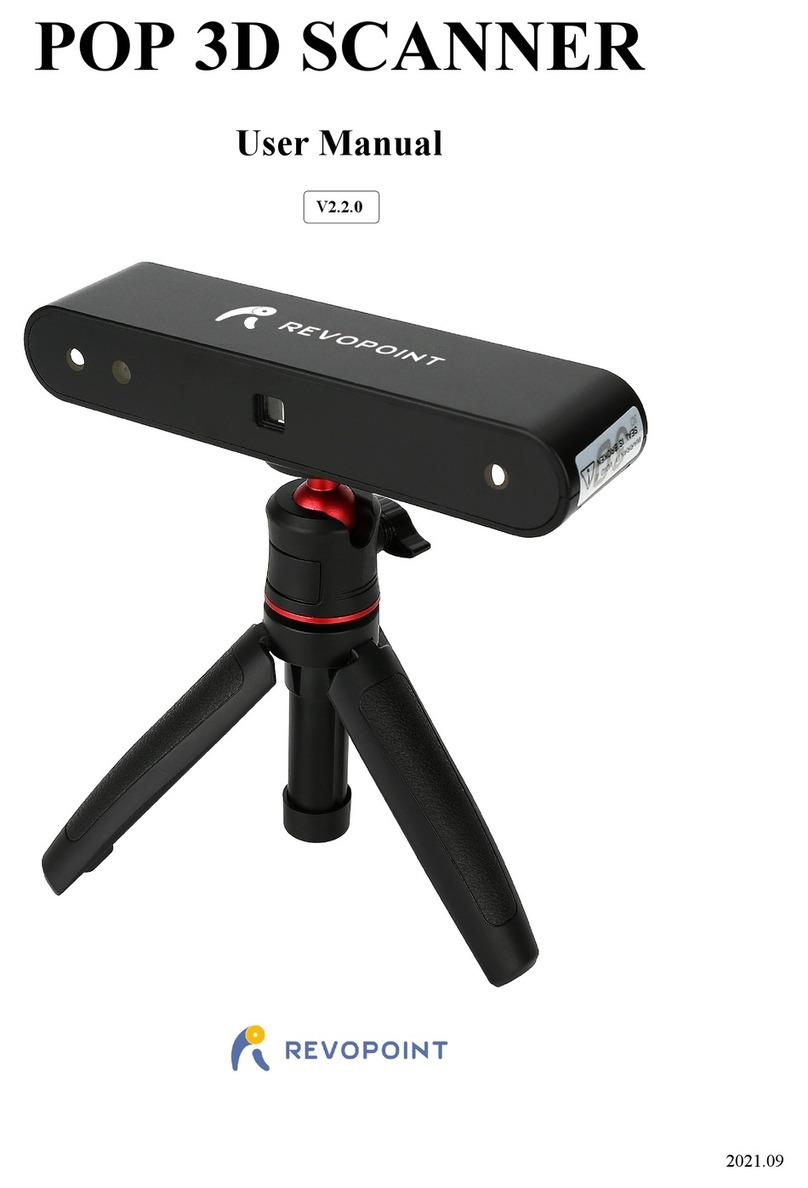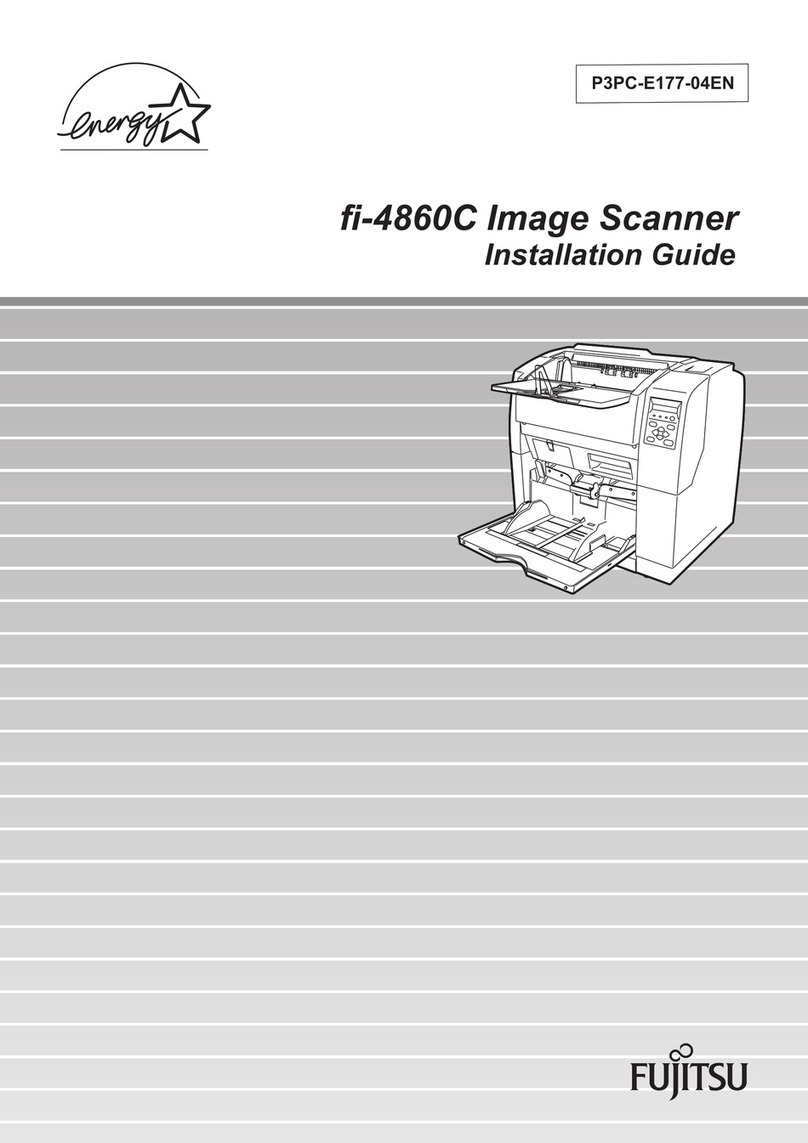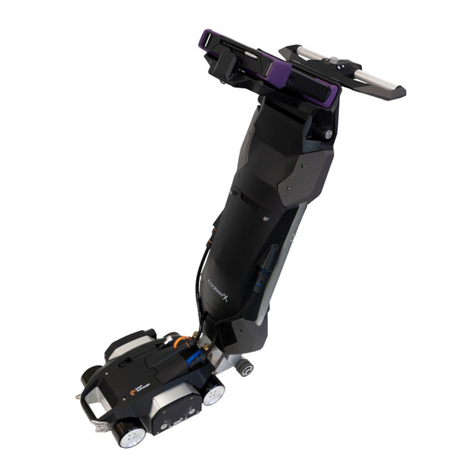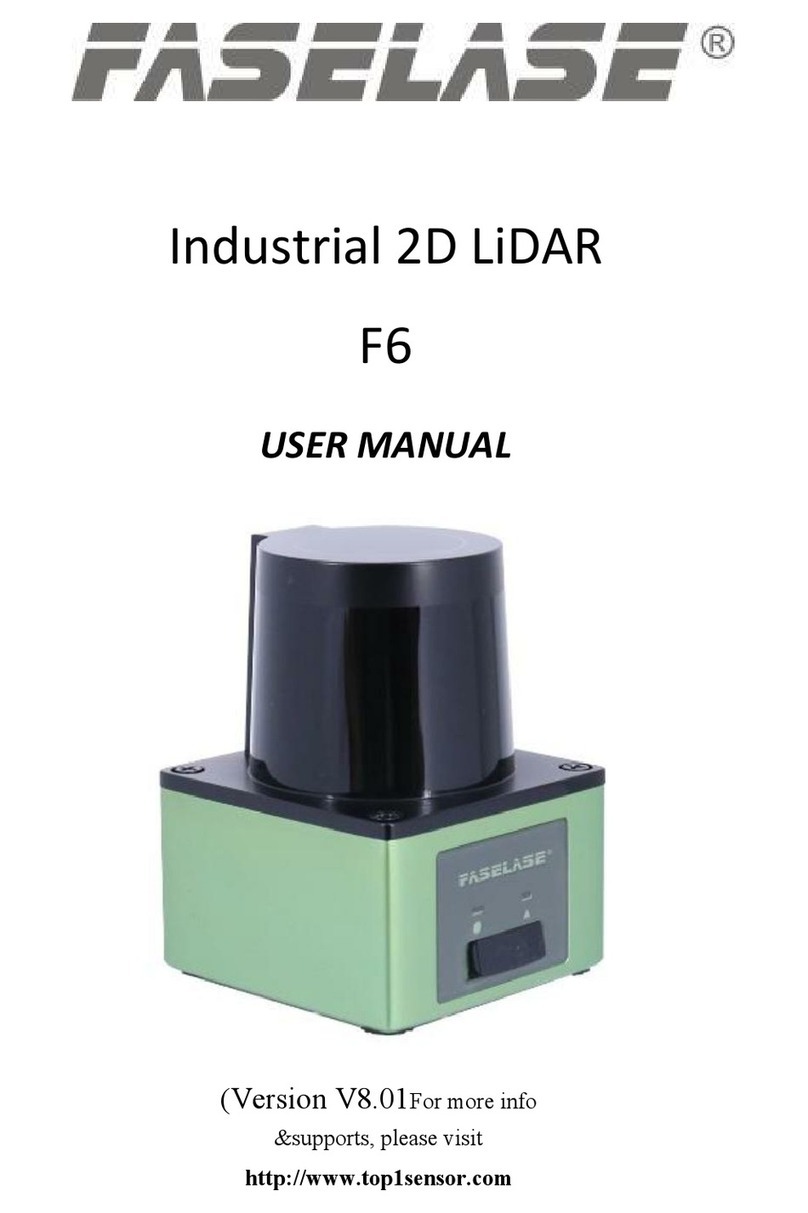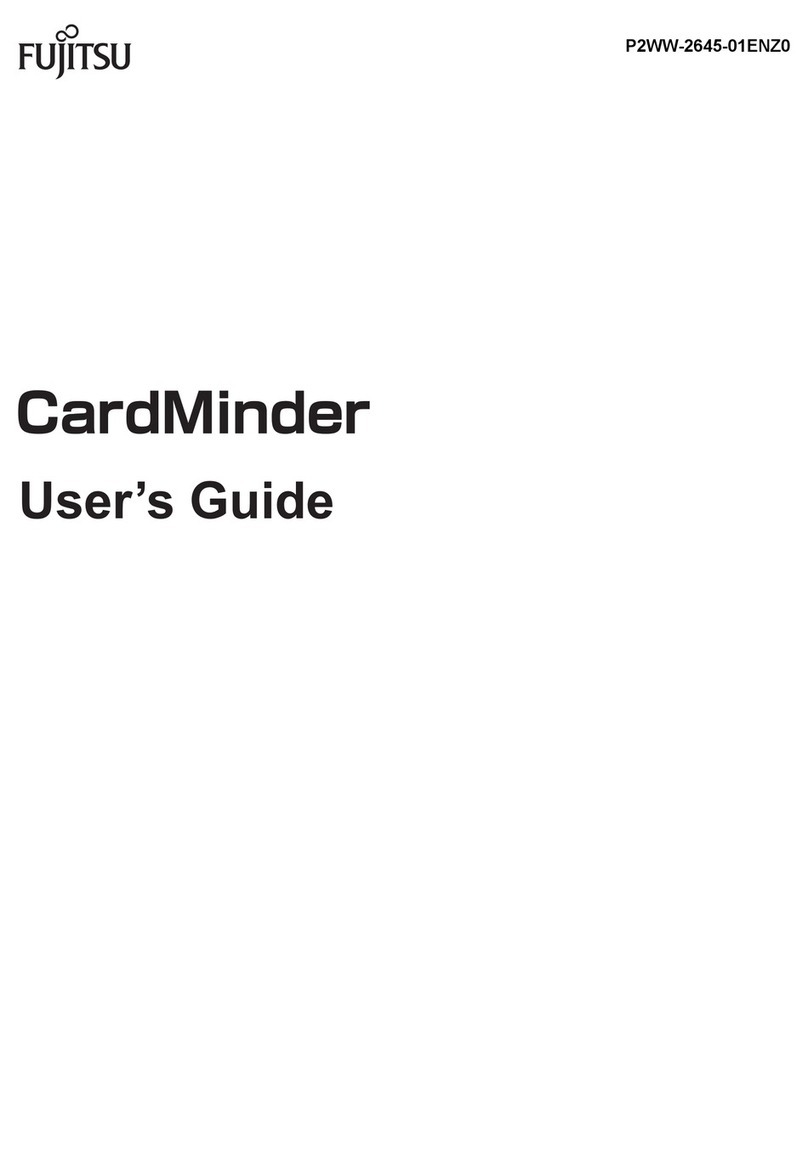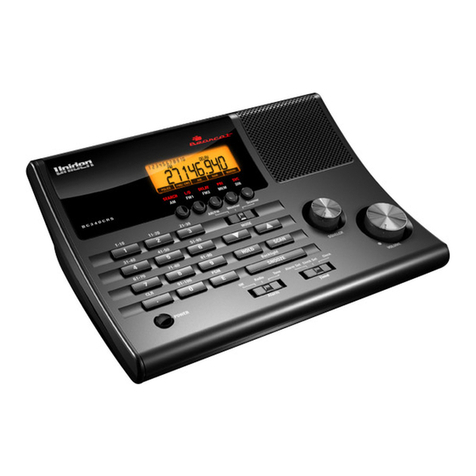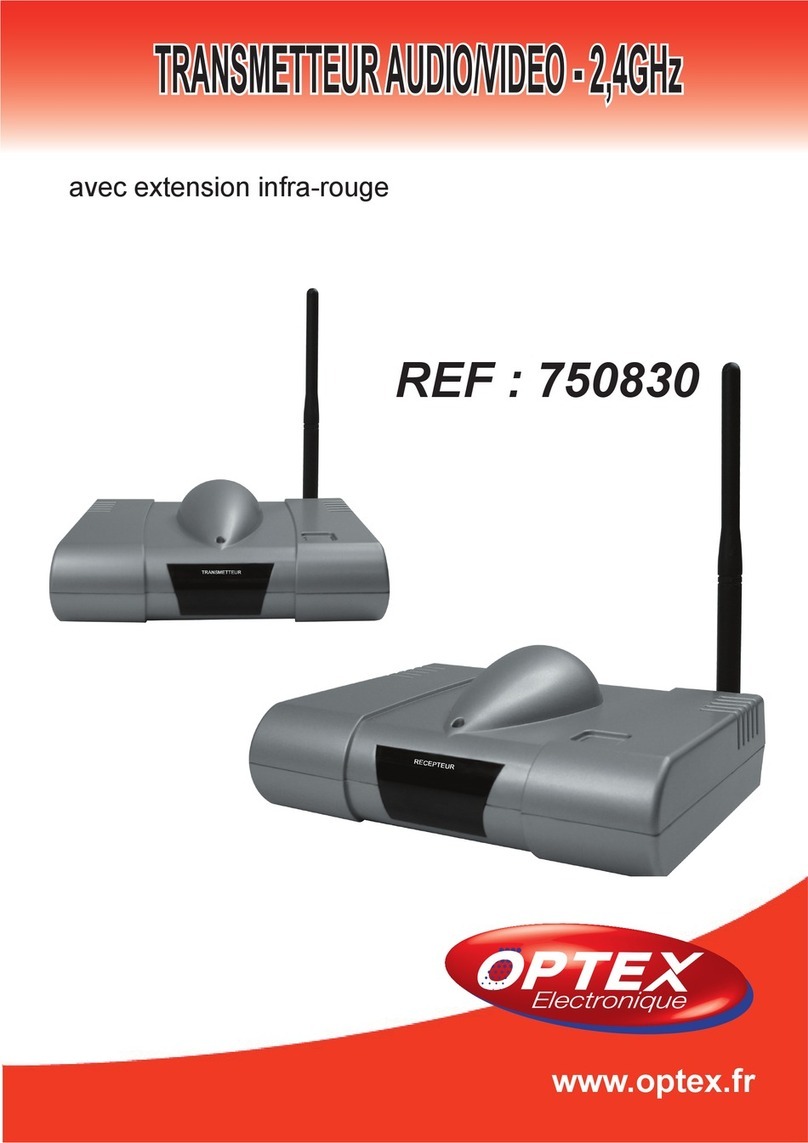Table of Contents
Module 1.0 - Scanning with ScanStation P30 ............................................................................... 1
1
HDS - ScanStation P30 ................................................................................................... 3
2
Set up the ScanStation P30 ...........................................................................................
3
MMI (Man Machine Interface) - Overview ..................................................................... 12
4
Operating P30 using Onboard Graphical Interface ........................................................ 31
5
Remote Control of the P30 .......................................................................................... 4
Data Management on P30 ............................................................................................ 53
7
Troubleshoot ............................................................................................................... 59
Module 2.0 - Introduction to Cyclone ........................................................................................... 1
1
Cyclone Navigator Window ............................................................................................. 3
2
Managing Databases ...................................................................................................... 5
3
Linking to / Loading an Existing Database ...................................................................... 8
4
Using the Online Help .................................................................................................. 10
5
Database Hierarchy ...................................................................................................... 11
Examine the Database’s Objects .................................................................................. 13
7
File Management .......................................................................................................... 21
Module 2.1 - Point Cloud Import .................................................................................................. 1
1
Importing Leica ScanStation data ................................................................................... 3
2
Importing HDS 7000 data (.zfs) ................................................................................... 12
3
Import of other scan file formats ................................................................................. 14
4
Import as Auto Align Project ......................................................................................... 15
5
Import MultiStation MS50 Data .................................................................................... 1
Using Batch Import tool ............................................................................................... 19
Module 3.0 - Basic Registration .................................................................................................... 1
1
Auto Alignment Registration (Cloud Constraints) ........................................................... 3
2
Visual Alignment Registration (Cloud Constraints) ........................................................ 13
3
Factors that determine the Effectiveness of PointCloud Constraints ............................ 22
4
Target Registration (Target constraints) ...................................................................... 25
5
Combined Registration ................................................................................................. 29
Module 3.1 - Applied Registration Techniques .............................................................................. 1
1
Getting Started .............................................................................................................. 3
2
Loading and importing Data ........................................................................................... 7
3
Preparation before registering Scans ........................................................................... 10
4
Registration ................................................................................................................. 17
5
Quality Check ............................................................................................................... 29
Geo Referencing .......................................................................................................... 33
7
Theory Excurse ............................................................................................................. 43
Module 4.0 - Organization & Visualization of point clouds ........................................................... 1
1
ScanWorld Explorer ........................................................................................................ 3
2
View Properties .............................................................................................................. 5
3
Unify a Point Cloud / ModelSpace ................................................................................. 12
4
Limit Box ...................................................................................................................... 15
5
User Coordinate System ............................................................................................... 19
Cutplanes and Half-Spaces ........................................................................................... 28
7
Review ......................................................................................................................... 34


